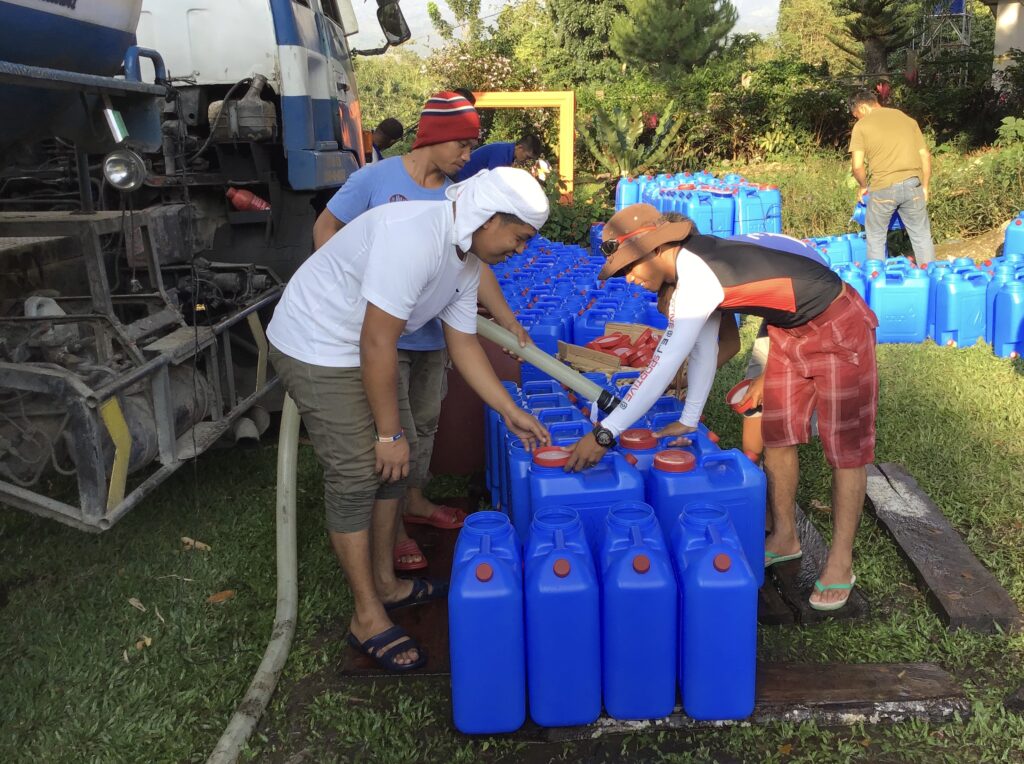Text and Photos by Henrylito D. Tacio
After a long hiatus, the El Niño phenomenon is coming back!
The state-run Philippine Atmospheric, Geophysical and Astronomical Services Administration (PAGASA) has already issued a bulletin stating that, based on recent conditions and model forecasts, there is 80% that El Niño “could happen in a few months.”
El Niño – whose periodic climate pattern is so powerful that it can push global average temperature to all time high – may emerge in the coming season (June, July, and August) and “may persist until the first quarter of 2024,” according to Dr. Vicente B. Malano, PAGASA administrator.
“When conditions are favorable for the development of El Niño within the next two months at a probability of 70% or more, an El Niño alert is issued,” Malano said.
The words of the famous scientist Albert Einstein come to mind: “When the number of factors coming into play in a phenomenological complex is too large, the scientific method in most cases fails. One need only think of the weather, in which case the prediction even for a few days ahead is impossible.”
Such is the case of the El Niño phenomenon.
“El Niño has an impact on ocean temperatures, the speed and strength of ocean currents, the health of coastal fisheries, and local weather from Australia to South America and beyond,” explains National Geographic in its website. “El Niño events occur irregularly at two- to seven-year intervals.”
The bad boy weather phenomenon was first reported by fishers off the coast of Peru when they observed “the appearance of unusually warm water.”
There’s an interesting story on how it got its name. “We have no real record of what indigenous Peruvians called the phenomenon, but Spanish immigrants called it El Niño, meaning ‘the little boy’ in Spanish,” National Geographic states. “When capitalized, El Niño means the Christ Child, and was used because the phenomenon often arrived around Christmas. El Niño soon came to describe irregular and intense climate changes rather than just the warming of coastal surface waters.
A lot of disasters and imbroglios happen during El Niño. For one, it causes a rise in sea surface temperatures and weakens trade winds in the affected regions. In the Philippines and Australia, for instance, it can cause drought conditions, which affects crop productivity.
In some other countries, it may result in excessive rainfall.
The development of El Niño brings drought to the western Pacific, rains to the equatorial coast of South America, and convective storms and hurricanes to the central Pacific.
Pundits say El Niño can cause severe drought, destructive flooding, torrential rains, and rising temperature. Countries which rely on their sources of electricity from hydropower are most likely to suffer from rotating outages.
Over recent years, there has been growing interest in links between El Niño and human health. El Niño conditions can cause a wide range of health problems, including disease outbreaks, infectious diseases, malnutrition, heat stress, and respiratory diseases.
Take the case of malaria. “El Niño will mean a longer breeding season for a lot of vectors and increased malaria potential in a lot of the world,” said Victoria Keener, a senior research fellow at the East-West Center in Honolulu, Hawaii.
Cholera becomes a common health problem. In the Philippines, for instance, less rainfall means dry spell. Drought may lead to an uptick in cholera cases, because restricted access to fresh water forces people to use less water for personal hygiene practices like handwashing and turn to unsafe sources of drinking water.
“Cholera can be a devastating infectious disease that causes a very severe diarrhea that can dehydrate people so badly that they die,” Neil Vora, a physician with the environmental nonprofit Conservation International, told Grist. “In the setting of an El Niño extreme weather event, there might be impacts on sewage systems or on access to clean water, and that can lead to the spread of water-borne diseases such as cholera.”
Red tide is another area of concern. Algae thrive in warm water, where their poisons accumulate in water-filtering organisms such as shellfish.
“Humans die when they consume shellfish, particularly mussels, that are contaminated with red tide organisms,” Dr. Rafael Guerrero III, an academician with the National Academy of Science and Technology. “Being filter-feeders, the mussels take in the red tide organisms from the water which are accumulated in their internal organs.”
Dr. Guerrero said people still get poisoned even if the mussels are cooked because the toxin is not destroyed by heat. The poison in the red tide organisms is known as saxitoxin, a water-soluble salt that affects the nervous system.
The Department of Health (DOH), on its website, lists disorders associated with high temperatures caused by El Niño. These are: heat cramps, heat exhaustion, exertional heat injury and heat stroke. – ###




Sources:
https://bagong.pagasa.dost.gov.ph/climate/el-nino-la-nina/monitoring/
https://education.nationalgeographic.org/resource/el-nino/
https://grist.org/health/how-a-looming-el-nino-could-fuel-the-spread-of-infectious-disease/








